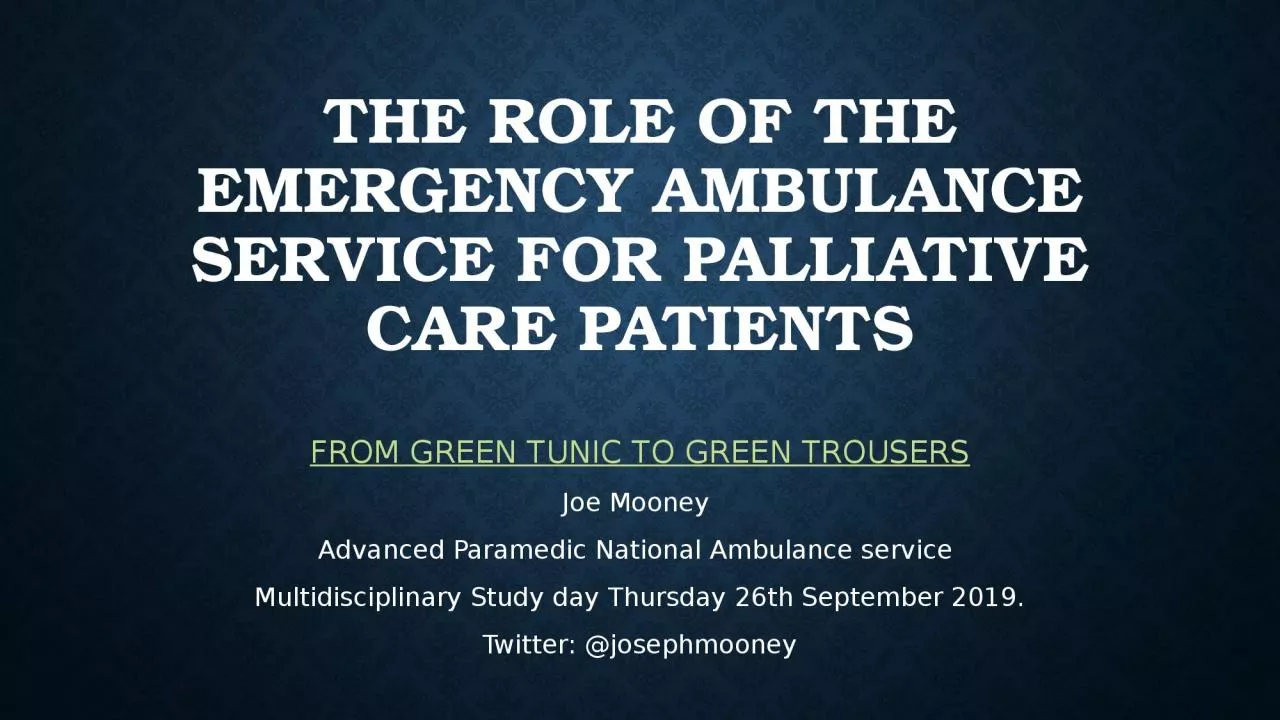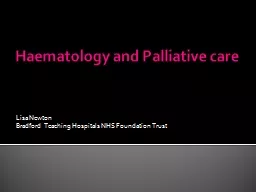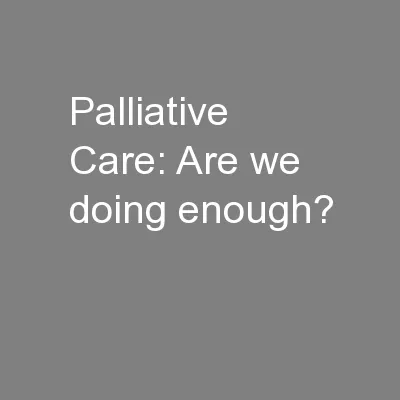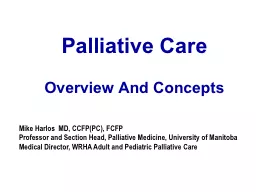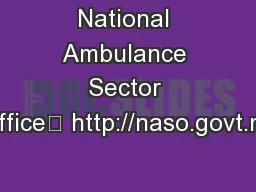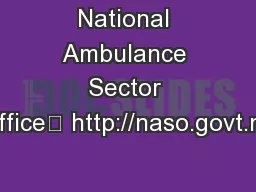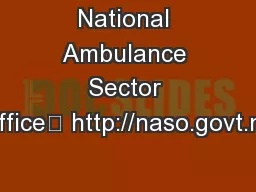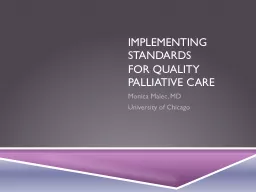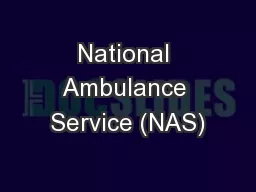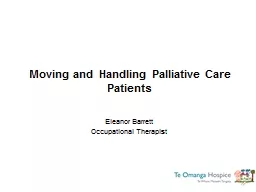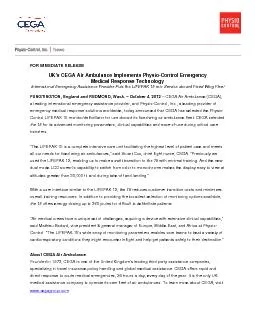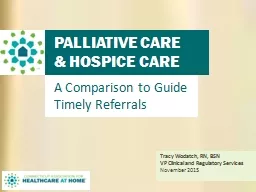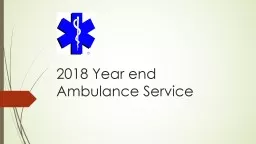PPT-The Role of the Emergency Ambulance Service for Palliative Care Patients
Author : BraveBlackbird | Published Date : 2022-08-04
FROM GREEN TUNIC TO GREEN TROUSERS Joe Mooney Advanced Paramedic National Ambulance service Multidisciplinary Study day Thursday 26th September 2019 Twitter josephmooney
Presentation Embed Code
Download Presentation
Download Presentation The PPT/PDF document "The Role of the Emergency Ambulance Serv..." is the property of its rightful owner. Permission is granted to download and print the materials on this website for personal, non-commercial use only, and to display it on your personal computer provided you do not modify the materials and that you retain all copyright notices contained in the materials. By downloading content from our website, you accept the terms of this agreement.
The Role of the Emergency Ambulance Service for Palliative Care Patients: Transcript
Download Rules Of Document
"The Role of the Emergency Ambulance Service for Palliative Care Patients"The content belongs to its owner. You may download and print it for personal use, without modification, and keep all copyright notices. By downloading, you agree to these terms.
Related Documents

